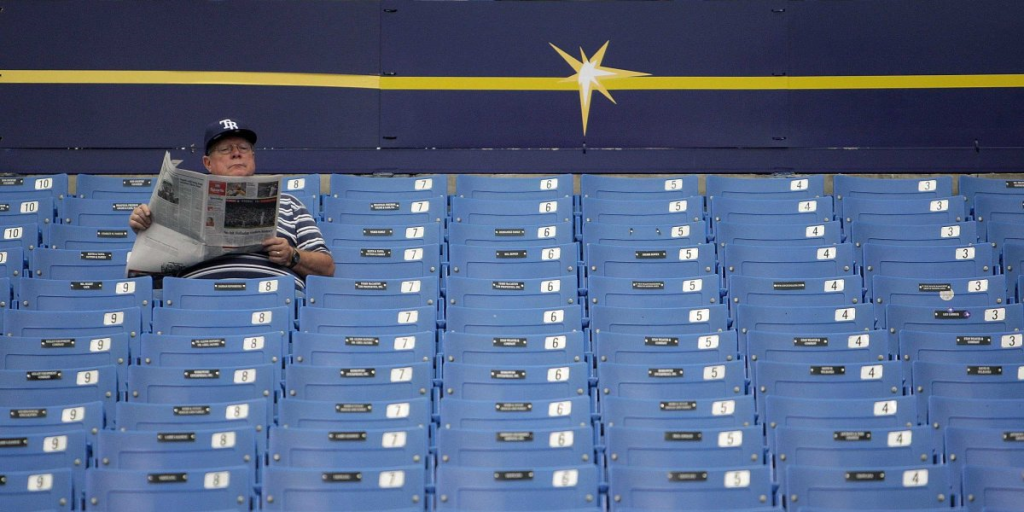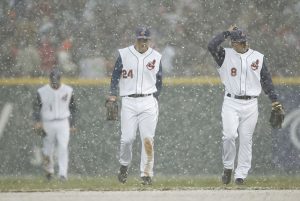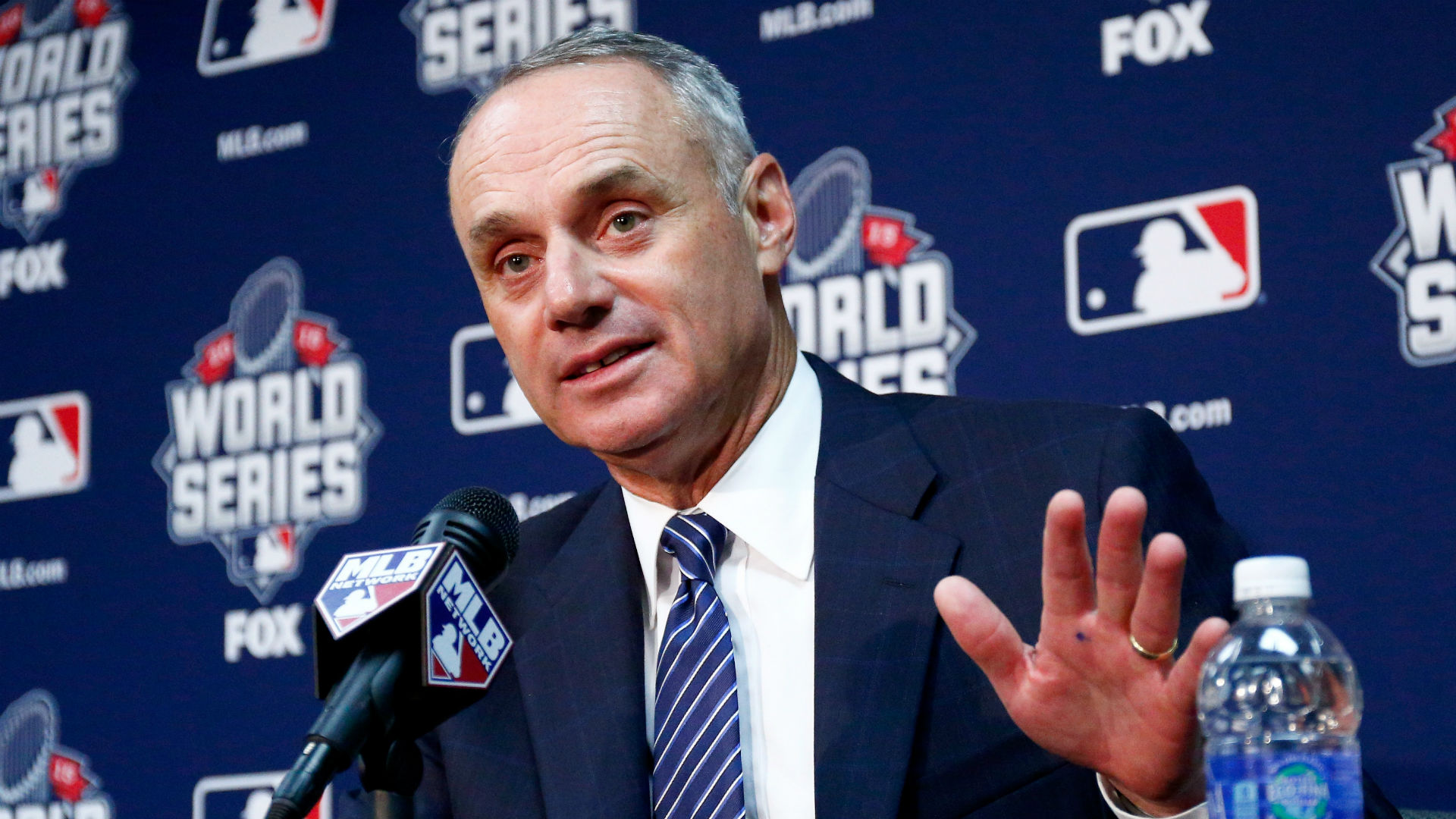Let’s be clear, I love baseball. While it no longer dominates American sports like it did before the NFL exploded in the 1990’s, baseball remains a great game. Unlike football, it is an international game and the league draws the best talent from around the world. Like the NHL being better after the collapse of the Soviet Union and the influx of the best Eastern European players to North America, Major League Baseball draws the best talent out of Asia, Latin America, and the Caribbean.
But it is a game that can be improved. We previously talked about how baseball can improve the fans experience by fixing the pace-of-play. This article will address larger, more controversial changes that MLB should adopt to improve the quality of the game.
1. Contraction
Over-expansion in the 90’s diluted the talent pool in MLB by forcing players into The Show too early, and in some cases promoting players who previously would have topped out at AAA. This month’s fire sale in Miami only serves to highlight what we’ve known for a long time – there are franchises that are not viable and there are fan bases unworthy of teams.
Major League Baseball needs to stop the charade and eliminate both Florida franchises. Like a third world country devaluing their currency, Miami has routinely sold off their talent to cut payroll and remain solvent in a market that doesn’t support the franchise. Miami was 28th (of 30) in attendance this year.
Tampa is even worse. Tampa, last in attendance in every year since 2012, can’t fill the Trop even in years when the team is competitive. And they almost never are.

It’s lonely for fans at the Trop.
Keeping Tampa and Miami is tantamount to baseball’s welfare state. Between 2012-2015, Miami received $142M from MLB Revenue Sharing; Tampa $138M. In that same period they were 30th and 29th respectively in team payroll rank. The $142M payout from the league to the Marlins represented 57% of the total amount of players’ salaries on their 40-man roster during that same period.
Baseball should stop subsidizing teams that owners can’t afford and cities do not support.
2. Shorten the Season
Why do the “boys of summer” play baseball in the snow? This happens almost every year at the beginning of the season and, depending on who’s in the Fall Classic, could happen at the end of the season. The answer is because the season is simply too long. Major league teams play 162 games over roughly 182 days. There are only twenty off days in a season – five of which occur over the All Star “break”.
 Baseball went to the 162-game season in 1962. Prior to that, beginning in 1920, it was 154 games. From 1892 until 1920, it fluctuated between 154, 132, and 140, but for 17 of those 27 years it was 154 games. Put it back.
Baseball went to the 162-game season in 1962. Prior to that, beginning in 1920, it was 154 games. From 1892 until 1920, it fluctuated between 154, 132, and 140, but for 17 of those 27 years it was 154 games. Put it back.
Cutting eight games off the regular season isn’t going to save the world, but it will save almost two weeks. Between games and travel or off days, MLB can push the opening day back a week and end the regular season a week earlier. But that’s just part one.
The second way to shorten the season is to return to scheduled double headers. Baseball used to routinely schedule double headers but the 2002 Collective Bargaining Agreement (CBA) eliminated them except under special circumstances like a make-up game due to a rain-out.
Returning to regularly scheduled double headers will shorten series and therefore shorten the season. One regularly scheduled double-header per team, per month saves an additional six game-days, which if scheduled properly is almost ten calendar days of the season. Yes, it is hard on players – hence the ’02 CBA. However, the 2012 CBA authorized teams to expand their active rosters to 26 for double headers and, coupled with a reduction in games, the introduction of scheduled double-headers will increase off days.
3. Automated Strike Zone
I enjoy watching Joe West, Hunter Wendelstedt, and Angel Hernandez ruin a good ballgame with inconsistent plate calls as much as the next guy. And by that I mean, not at all. Game to game, inning to inning, and at bat to at bat – strike zone variations are not just frustrating, they are unnecessary.
In 2016, according to PITCHf/x data from Baseball Savant, home plate umpires correctly called 82.21% of strikes. In other words, they made the wrong call almost 18% of the time. It’s frightening to think that in 2012 it was only 76.8%. Umpires have gone from C students to B-.
Why on earth do we accept this? MLB needs to invest in automated strike zone technology and limited the home plate umpires role to adjudicating swings and misses, foul ball, hit-by-pitches, and out calls. Baseball is a $10 Billion dollar industry, it shouldn’t be left in the hands of B- students.
Fewer teams will improve the leagues financials and reduce the number of not-ready-for-primetime players in the league. A shorter season will keep fans engaged. Better umpiring improves the quality of the game. That’s all I want in my stocking this year.
